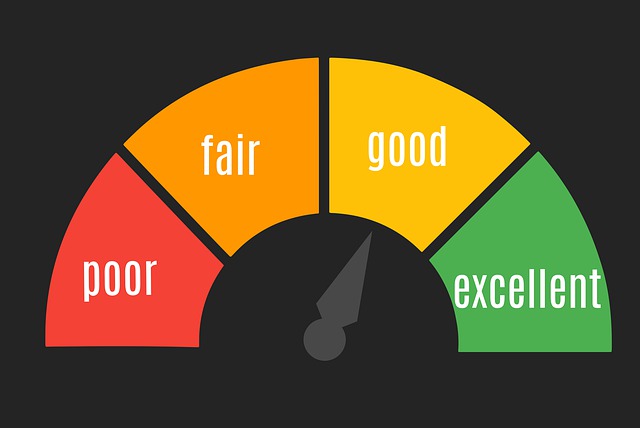
Social Security, in August of 2022, will have turned 87 years old. That’s the same age as millions of its beneficiaries. The program has longevity, but that longevity is being threatened by insolvency. While the program would remain if the trust were to become insolvent, it would not be the same, only being able to provide 80 percent of the benefit amount it offers today. The program needs guidance and protection, but to do that it first needs change. That is what the Social Security 2100: The Sacred Trust act is seeking to do, as CNBC’s Lorie Konish reports.
Social Security 2100
The Social Security 2100 bill, “A Sacred Trust,” has been proposed for awhile now with some of the Congressmen representing the bill calling for a vote on the bill as early as this fall. Their goal would be to have the earliest vote take place in September.
The bill has seen some bipartisan support, which is impressive as Social Security reform is rarely agreed upon. That said, the longer the bill idly sits in the legislative process, the higher the risk of waning support from the other party.
The bill itself seeks to expand benefits by 2 percent across the board. COLA (cost-of-living-adjustment) increases have raised benefits in the face of inflation. However, record high inflation has crippled the buying power of seniors regardless of the boost. The bill would also recalculate how COLAs are determined, to better represent senior wages and costs.
The changes to the program would offset insolvency by an additional three years, as it stands now. Other programs propose higher taxes for higher earners but would fund the program for several decades longer than expected.
The Social Security 2100 bill is a healthy middle ground that would expand benefits without raising taxes considerably if at all. That kind of compromise will be essential to progress and more reform in the future.
For more Social Security news, follow the Council for Retirement Security.



